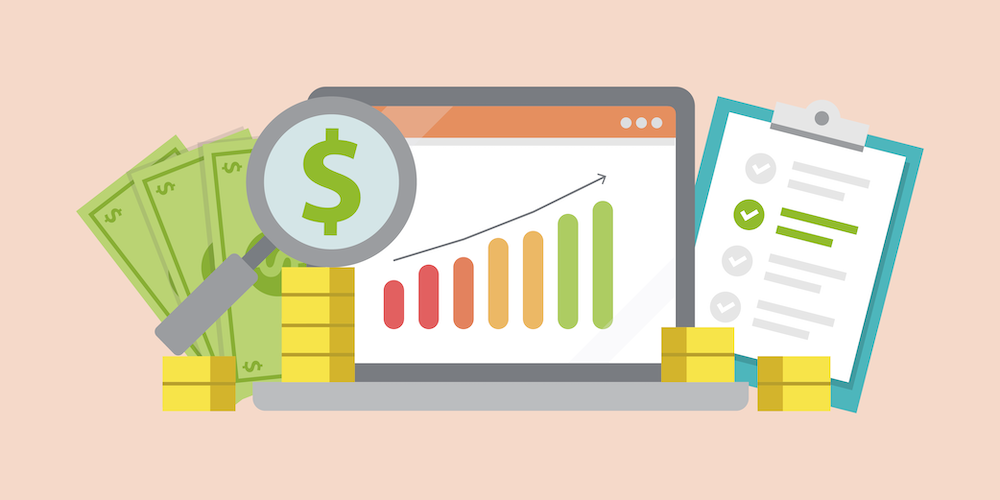We are watching you: User and Customer Research
By David Chapin
 The terms User and Customer research are sometimes used interchangeably, and while there can be some similarities between these two types of research, there are distinct differences. In general, both of these types of research focus on understanding behaviors, needs, and motivations through observation techniques, task analysis, and other feedback methodologies. However, that is where the similarities stop.
The terms User and Customer research are sometimes used interchangeably, and while there can be some similarities between these two types of research, there are distinct differences. In general, both of these types of research focus on understanding behaviors, needs, and motivations through observation techniques, task analysis, and other feedback methodologies. However, that is where the similarities stop.
User research should really be called potential user research because it is most often conducted among individuals who could be users. These people may or may not be actual customers. In the life sciences one example of the researcher would be a eTMF (electronic Trial Master File) supplier and the user would be a clinical trial sponsor or CRO. Anyone who sponsors or conducts a clinical trial could potentially be a user of that eTMF.
The benefits of this type of research are that the interviews end up being conducted with not only your customers, but your competitor’s customers as well, so the opportunity is there to gain competitive intelligence as well as intelligence into your brand’s offering. Additional insight on awareness, consideration, and switching can also be potentially gained from this type of sample.
The downside is that User research is usually more expensive to conduct because the sample (respondent list) needs to be purchased and the response rates are very variable. Also since you will be interviewing individuals that fall within a user footprint rather than actual users it can be hard to gauge ahead of time how many of these individuals will have enough knowledge of either your brand or your key competitors brands to be able to provide any real insight into some of the key areas of exploration.
Customer research is, as the name suggests, research that is conducted among your customer base, which sometimes includes past customers as well. The benefit of this type of research is that it is comparatively less expensive as you have minimal sample costs, and these are your customers so they should be able to answer rather in-depth product and brand questions. However, a drawback of this type of research is that their opinions might not be representative of the whole user base and depending on how long your buying cycle is they could have been out of the market for too long of offer any real insight on current conditions.
At the end of the day, whether you do customer or user research depends on many factors, but at least confusion between what the difference is need no longer be one of them.






